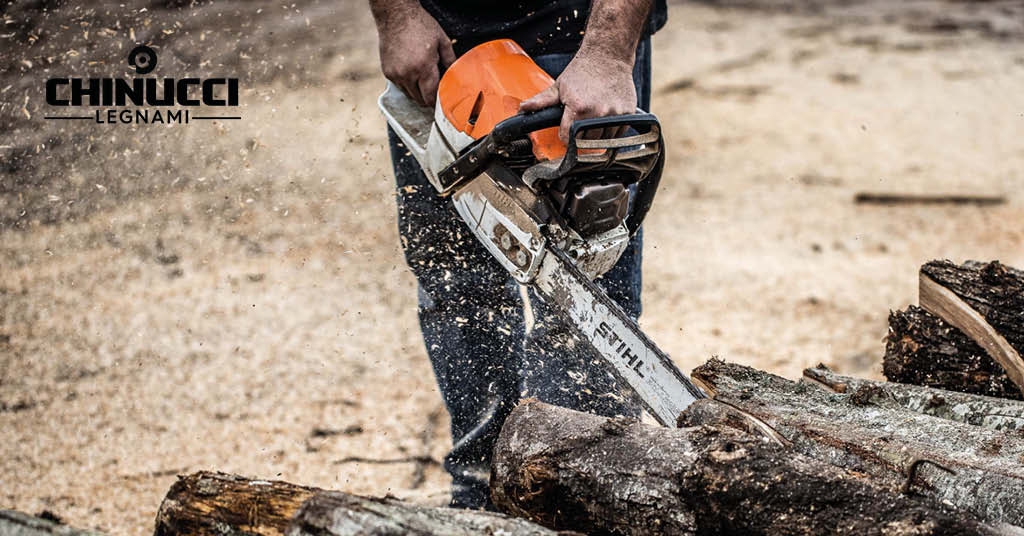In this article we want to focus on chestnut’s resistance to moisture.
For all other general information on chestnut wood, please read our article “CHESTNUT WOOD USES AND APPLICATIONS”.
In Europe, chestnut cultivation covers more than 2.5 million hectares, mainly located in France and Italy. For years, our company has specialised in the import and processing of chestnut timber.
Chestnut wood is particularly appreciated due to its aesthetic appearance, characterised by its warm colour and dense veins.
Thanks to its physical characteristics, chestnut wood is also known to be resistant to moisture.
In the trunk of the chestnut tree there is a reduced amount of sapwood, that is, the youngest, woody part of the trunk. It is a layer that influences the wood’s resistance to moisture, as it is easy prey for fungi and insects.
In the innermost layer of its trunk, there are also tannins, chemical compounds that defend it from fungal infections.
Thanks to these substances, chestnut wood does not undergo degradation in the presence of moisture, which means it can even be used outdoors without needing to be treated.
Chestnut’s resistance to moisture
Wood, by nature, is a hygroscopic material, as it absorbs moisture from the external environment and yields to it. Its empty and elongated cells contain water in different forms, which it loses as a result of abatement and subsequent aging.

By losing moisture, the wood undergoes a reduction in size, which is not irreversible: when there is moisture in the air, the wood absorbs it, growing in size once again.
Humidity in the environment, however, facilitates the development of one of wood’s enemies: wood-decay fungi, or a necrosis or plant pathology that causes the gradual and progressive degradation of the woody tissues of trees and shrubs. This spreads in the woody mass by means of hyphae, and it is precisely these hyphae that chemically degrade lignin and cellulose, weakening the resistance of the material.
Chestnut heartwood is resistant to fungal infections thanks to its high tannin content. Thanks to chestnut’s resistance to moisture, it is the best choice for anything that needs to be outside.
This type of wood has many excellent qualities and is therefore used for different purposes in agriculture, construction and the furniture sector.
Chestnut wood is extremely valuable, strong but very light at the same time.
How wood strength is assessed
The European standard UNI EN 350 from 2016 aims to create guidelines for evaluating the durability of wood and wood-based materials. It has established five strength categories, in descending order of durability, from 1 to 5. Chestnut wood is in category 1-2 and its main value lies in its resistance to moisture.

Thanks to the wood’s resistance to water, chestnut is suitable for making fixtures and outdoor furniture items, such as gazebos, garages, wooden cabins, and pergolas.
The company Chinucci Lavorazioni supplies chestnut wood beams particularly suitable for the construction of gazebos and pergolas.
It is an Italian company that works with chestnut wood, from cutting it down in the forests to using it in the production of products such as beams, poles, and boards.
Wood cut from Italian forests accounts for 60% of the wood used, whilst the remaining 40% is imported from France, after being subjected to a rigorous selection process.
A large quantity of timber is stored in the thirty thousand square metres of land, which guarantees a steady supply with no availability problems.
Whatever project you have in mind, contact us for a quote: our certified wood is a guarantee of quality.
Fill out the contact form below



